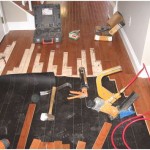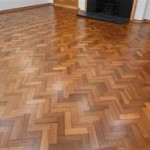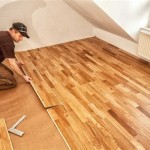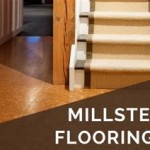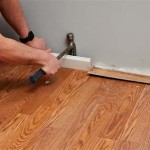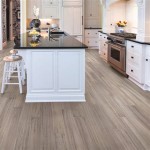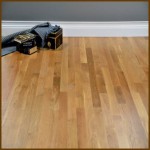Delving into the Exquisite World of Hickory Engineered Hardwood Flooring
Hickory engineered hardwood flooring has garnered widespread acclaim as a flooring solution that seamlessly blends durability, beauty, and sustainability. Its unique characteristics and versatility make it a perfect choice for both residential and commercial applications. In this comprehensive guide, we'll delve into the essential aspects of hickory engineered hardwood flooring, exploring its benefits, construction, installation process, and maintenance guidelines.
Unveiling the Benefits of Hickory Engineered Hardwood Flooring
Hickory engineered hardwood flooring offers a myriad of advantages that contribute to its enduring popularity. Its exceptional durability, resulting from its high Janka hardness rating, ensures resistance to dents, scratches, and everyday wear. Hickory's natural resistance to moisture and insects further enhances its longevity, making it a suitable choice for areas prone to humidity or moisture.
Aesthetically, hickory engineered hardwood flooring captivates with its rich, warm tones and striking grain patterns. Its natural beauty brings a sense of warmth and sophistication to any space. Additionally, the engineered construction makes it compatible with radiant heating systems, providing an unparalleled combination of comfort and style.
Understanding the Construction of Hickory Engineered Hardwood Flooring
Hickory engineered hardwood flooring comprises multiple layers, each contributing to its performance and stability. The top layer, known as the wear layer, consists of genuine hickory hardwood, providing the flooring's surface appearance and durability. Beneath the wear layer lies a core of high-quality plywood or HDF (high-density fiberboard), ensuring dimensional stability and resistance to moisture. A bottom layer, typically made of a hardwood substrate, adds additional strength and support.
Navigating the Installation Process for Hickory Engineered Hardwood Flooring
Installing hickory engineered hardwood flooring requires meticulous attention to detail and professional expertise. The most common installation method involves floating the planks over an underlayment, which provides cushioning and moisture protection. Each plank features a tongue-and-groove system, allowing for seamless interlocking and creating a secure, durable surface.
For optimal results, it's crucial to ensure a proper subfloor that is level, flat, and free from moisture. A qualified flooring installer can guide you through the entire process, ensuring a perfect fit and long-lasting performance.
Maintaining the Beauty of Hickory Engineered Hardwood Flooring
Regular maintenance is essential to preserve the pristine condition of hickory engineered hardwood flooring. Daily sweeping or vacuuming removes loose dirt and debris, preventing scratches. Occasional damp mopping with a microfiber mop and a pH-neutral cleaner helps keep the floor clean and lustrous.
Avoid using harsh chemicals, steam cleaners, or abrasive materials, as they can damage the finish. Periodically, apply a manufacturer-recommended maintenance product to protect the floor's finish and enhance its longevity.

Virginia Mill Works 9 16 In Rustic Hickory Engineered Hardwood Flooring 7 5 Wide Ll

Bellawood 3 8 In Bora Peak Hickory Engineered Hardwood Flooring 6 5 Wide Ll

Bellawood Artisan 1 2 In Nautilus Hickory Wire Brushed Engineered Hardwood 7 4 Wide Ll Flooring

Discount 5 X 1 2 Hickory Character Hand Sc 3mm Wear Layer Prefinished Engineered Hardwood Flooring By Hurst Hardwoods

Bellawood 7 16 In Matte Natural Hickory Engineered Hardwood Flooring 5 4 Wide Ll

1 2 X 7 Talon 100 Yr Prefin Engineered Natural Hickory Hardwood Cabinets To Go

Design Considerations For A Wide Plank Hickory Floor Carlisle Floors

Builder S Pride 3 8 In Cassidy Hickory Quick Engineered Hardwood Flooring 4 75 Wide Ll

Flint River Plant Street Hickory Eng Solid Hardwood Weshipfloors

Shaw Castlewood Low Gloss Engineered Wood Flooring
Related Posts

